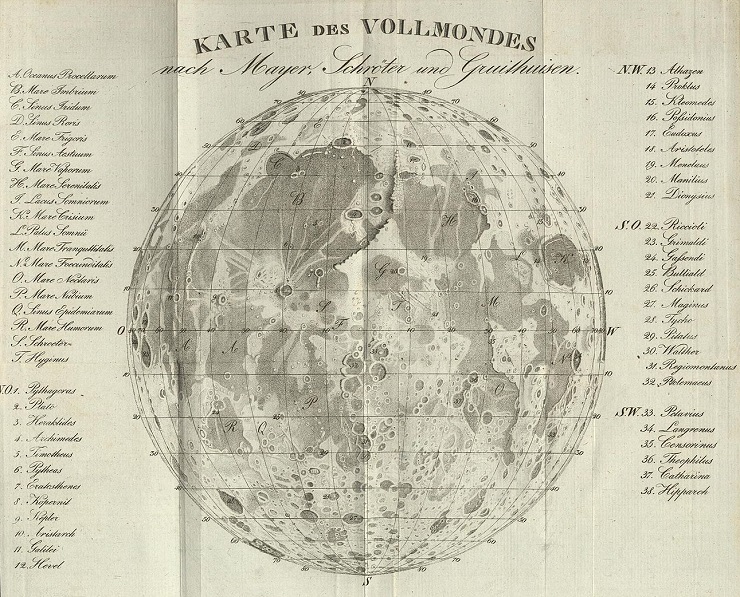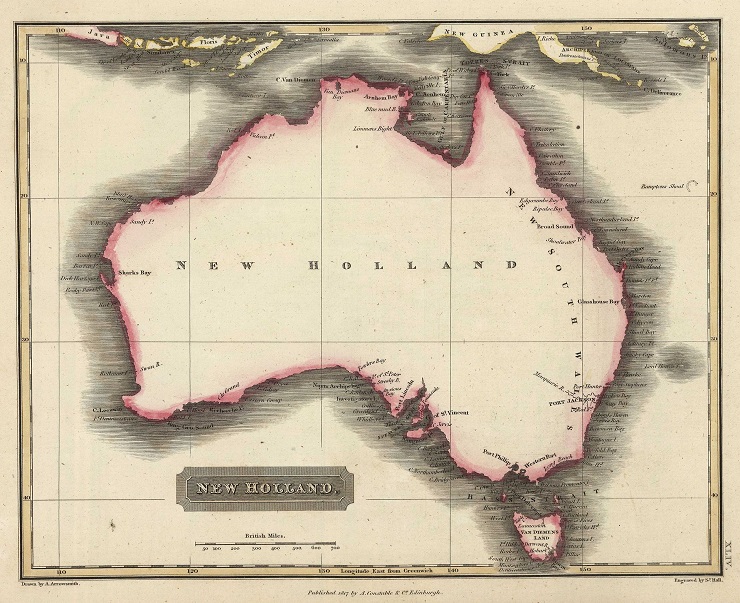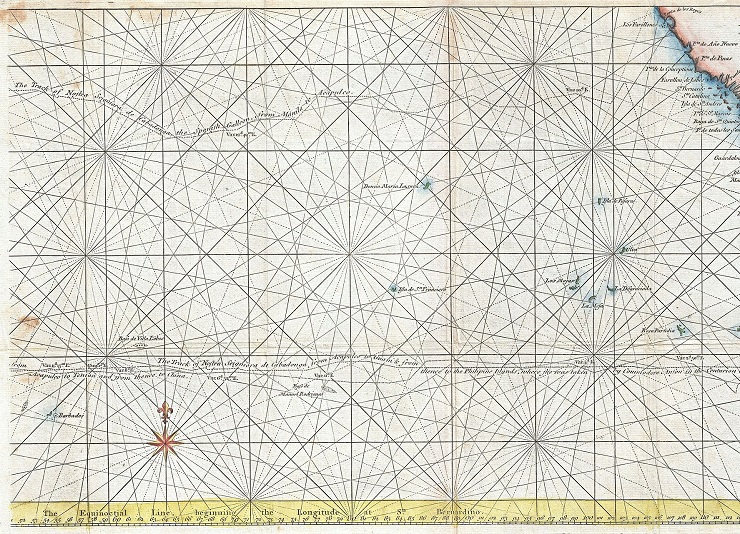Yuval Ben-Ami’s new project is an anti-travelogue: an exploration of places unvisited. (Click here for more.)
The next place on the map that had a name was “Schwarzwaldalp”. I headed for it in the cool morning, winding downhill into a small valley. The pastures were dark green, the cows cute. The clouds were low, obscuring how tall the mountains were above it all.
My foot kicked something on the trail, some stick that didn’t feel like a branch. I looked down and found a titanium walking stick. The handle was broken off but otherwise it seemed fine. Nice luck.
Shwarzwaldalp was not much more than a small restaurant and a children’s playground. I grabbed breakfast: heavily buttered dark bread with slices of hard cheese.
Outside the restaurant was a sign detailing hiking trails in the area. The previous day at the Grindelwald tourist information office, I learned a sad truth: crossing the Bernese Alps on foot was impossible. The top of the range was a vast desert of rock and ice. No hiking trail led through it, just as no foot bridges spanned the Atlantic.
There was, however, one blue line that sloped dramatically up a slender shoulder of the range, then curved down into a valley and eventually met up with a road navigable by car. That trail was mentioned on the sign and to the best of my German understanding, was designated: “extremely demanding Alpine trail”. This was perhaps not an Amundsenian adventure, but wouldn’t be cheating either.
I looked up, knowing that nothing was there to be seen, nothing but fog. I was headed into that fog. How long would this climb take? Could I do it in a day? Unlikely, extremely unlikely. Two days? Perhaps. I pictured myself sitting out the night on a rocky shelf in my wind jacket and light wool sweater, drinking handfuls of snow. I could probably do it, but why would I?
Maybe it was the liberty — the land spread so freely before me, vertically, for the most part — but this was still that thing I lacked so much at home: an expanse.

The trail head awaited a few steps to the east, at a place called Rosenlaui. Like Schwarzwalalp, this was not a village, but an old hotel, perfect for my pre-trail toilet needs. Uphill from the hotel was a small hut that offered coffee, hot dogs and bottled water. I asked the kiosk keeper whether water in mountain streams was potable.
“Yes”, he said, and his face added: why would it not be? I felt very Israeli. Available water is always our first concern when hitting a trail. Here, of course, it was abundant.
The kiosk keeper knew the trail and said there is a hut at its highest point where I could stay. H doubted I could make it there in my sneakers, but was still kind enough to call up the hut keeper and make sure she waits me. “Here is her number,” he jotted it on a little note. “Keep it. If you back out and climb down, be sure and call her or she will send a rescue mission.”
“Of course.”
Behind the kiosk was a gate, and beyond the gate was shock. I have entered the Rosenlaui gorge. Icy water, millions of gallons of it, gushed among cliffs that nearly kissed, tossing wildly among smooth cavities. The stream roared several meters below, yet its spray filled my hair and blinded my eyes. I had railing to hold on to and solid footfall beneath me, but was overtaken by a primeval fear. Climbing upstream, I ducked frequently to keep my guitar’s neck from colliding with hanging stone. I moved briskly. I needed out.
Ten minutes later, I pushed my way through another revolving gate, momentarily got trapped because of the guitar, but made it through. I emerged panting into the forest and sat on a rock, shedding my claustrophobia, regaining my breath. Behind me was the tunnel, ahead of me the rocks. The time was twelve noon.
I was born into a cage, albeit a comparatively large one. In 1976, the year of my birth, Israel reigned over an area four times its current size. Along with the Sinai peninsula, it made up a territory smaller than the state of South Carolina.
All borders were closed to Israeli citizens. The Arab world viewed Israel as a colonialist endeavor not to be tolerated. It was to remain locked out of the region, boycotted and threatened until history rendered it obsolete. Israel, in turn, banned the people of the Middle East from visiting its soil and the holy sites that studded it. Palestinian refugees stranded remained hermetically exiled.
In 1979, Iran went through something of an upheaval, and the newborn Islamic Republic banned Israeli visitors too. turkey remained the only land of the Middle East within reach. That, however, was the same year President Sadat of Egypt met with Prime Minister Begin, and by 1982 Israelis could witness the great pyramids of Giza.
Such was the map of my world, then, on my first day of primary school: my land was tiny Israel. The great big world lay across the sea, filled with skyscrapers, Eiffel Towers and waterfalls. The lands about us were all enemy land, except Egypt, which granted us peace in return for 75 percent of our territory.
My family lived on French Hill, a Jewish enclave (today I know it to be a settlement) on the ridge that hugs old Jerusalem on the east and culminates in the Mount of Olives. Outside the window of my childhood bedroom, cut in a wall on which my beloved Beatles poster hung, spread the entire Old City, the golden Dome of the Rock, the gray domes of the Holy Sepulcher, spires and minarets, a dreamed up cityscape.
In 1987, when I was 11, the people who lived in that city rebelled. In years to come I would learn of their political realities and share their wrath. For now, all that I knew was that the city outside my window turned dangerous. At night, rising from my bed and looking out, I would find it beautifully illuminated by orange flares.
Everything out there was now forbidden territory. We commuted to West Jerusalem, detouring through the ultra-Orthodox boroughs. In my dreams, however, I traveled directly into the old city and along the ridge. Through the stone walls of the monasteries to vast, mysterious, hilly grasslands that hid beyond them.
In the year 1991, my father quit his gig as radio journalist for an exciting job: he was made media adviser to Prime Minister Yitzhak Rabin. Soon afterwards, he disappeared from home one evening to an undisclosed location. he phoned my mother just before dawn.
“Where are you?” she asked.
“I still can’t tell you,” he replied, “but I am looking at Eilat from the east.”
My mother did the math in a split second. Overlooking the city of Eilat from across the bay is Aqaba, in Jordan. Peace with Jordan was on the way. Tears of joy rolled down her cheek.
I was 16, and the cage of my birth was endowed with a new door. We could now go both to Egypt and Jordan. also, Jerusalem’s Old City didn’t seem quite as scary anymore, and so one day I ventured through majestic Damascus gate, accompanied by a good high school friend. Contrary to everyone’s threats, we were not stabbed.
Meanwhile, new gates were being welded, fixed and locked. Palestinians were now required to carry permits in order to leave the West Bank or the Gaza Strips, and could not drive into Israel in their cars. The checkpoints became stricter. A new permit regime was imposed. Within my cage – two new, smaller cages were formed.
Within each of the small cages, and throughout the large one, tiny cages appeared: prisons for Palestinians who raged against this order. Tinier still are the cages of the mind, perfect shells of iron buried in our skulls, barring us from interacting with the ever threatening other.
Then came an eruption of blood, a Second Intifada, and in its wake: a physical barrier began to rise, fences and walls, patrol roads and watchtowers. It confined one group with zeal, while remaining largely invisible and perfectly passable to the other. A strange looking glass indeed. Us, Jewish Israelis, were only barred from visiting the hearts of West Bank cities, designated Area A. I soon discovered we could still go there, so long as we minded which gates we used.
Some checkpoints were intended for Palestinians, some reserved for settlers, others for Israeli citizens and internationals. Like intelligent rats, we all learned the paths intended for us in the labyrinth.
In the middle of French Hill is a round playground. My mother would take me there as a young boy and free me to run laps about it, I would run the entire afternoon. I was a hyperactive child who ended up living in a town he couldn’t explore. Any wonder I would pick up a broken hiking stick and head up the mightiest mountain around? This world was too full of nos. I was saying yes to Dossenhütte.
(Click here for more.)




